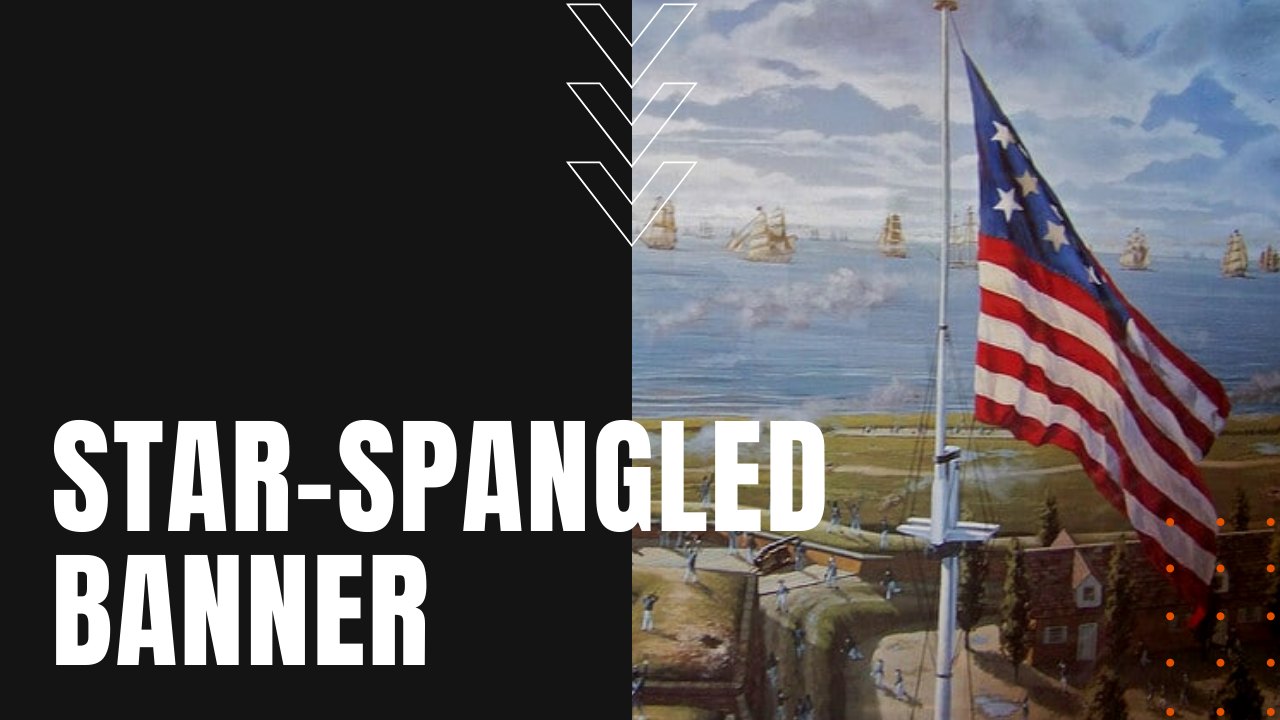The Star-Spangled Banner: America’s Iconic Patriotic Song

After the British repeatedly attempted to restrict U.S. trade while conscripting American seamen against their will, on June 18th, 1812, the Americans took on the greatest naval power in the world in a conflict that would become known as the War of 1812.
At first the Americans suffered costly defeats at the hands of British, Canadian and Native American troops, including the capture and subsequent destruction of the White House and the nation’s capital in Washington, D.C., until the tables turned in August of 1814, when American forces successfully repulsed British invasion attempts on New York, Baltimore and New Orleans, which in turn boosted American confidence while fostering a new spirit of patriotism.
The war ended on February 17th, 1815, after the ratification of the Treaty of Ghent, closing a chapter on what many Americans referred to as the “second war of independence.” The War of 1812 also served as a training ground for a new generation of American generals, including Andrew Jackson, Jacob Brown and Winfield Scott, while helping to propel no less than four men into the White House, including Andrew Jackson, John Quincy Adams, James Monroe and William Henry Harrison.
Who Wrote the Star Spangled Banner?
The star-spangled banner was written by lawyer, author and amateur poet Francis Scott Key.
Out of the War of 1812 produced one of America’s most iconic patriotic songs, when in September of 1814, Francis Scott Key interceded on behalf of his friend, Dr. William Beanes, who was imprisoned by the British after he jailed British troops for stealing food from local farms.
Where Was the Star Spangled Banner Written?
Key traveled from his home in Frederick Maryland to Baltimore in search of his friend, and when he located the ship where Beanes was being held, he successfully negotiated his friend’s release. Both men were detained on board ship during the British assault on Fort McHenry, however, and after a full day of heavy British bombardment, Key saw that the American flag was still flying over the badly battered fort, prompting him to jot down a few lines of verse as a tribute to the moment.
Key’s poem was at first printed in Newspapers around the country, until it was later set to music using the melody of a popular British drinking song called “To Anacreon in Heaven,” which was originally composed by John Stafford Smith. Americans soon referred to the song as The Star-Spangled Banner, becoming an American patriotic standard when in 1916 President Woodrow Wilson decreed that The Star-Spangled Banner should be played at all official events.
On March 3rd, 1931, President Herbert Hoover signed into law a bill that designated the Star-Spangled Banner as the National Anthem of the United States, forever cementing the song and its dramatic lyrics into the hearts and minds of Americans everywhere.
